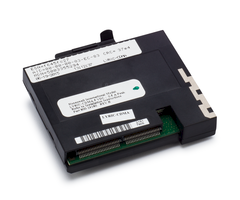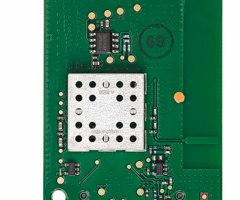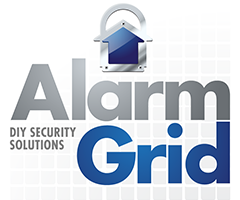Alarm Monitoring Communicators









Every system should have an alarm communicator installed and configured. These devices are needed if you want to have your system communicate reliably. Although there are some systems that have communicators pre-installed, most systems will need some communicator added to achieve the most reliable monitoring service possible. Remember that you will also need to get an alarm monitoring plan that is compatible with your communicator.
The way that a communicator works is that it will send signals to a monitoring platform. Two of the most commonly used platforms for Alarm Grid customers are Total Connect 2.0 and Alarm.com. From there the TC2 or ADC servers will forward any signals to a central monitoring station and/or the end user directly via text and/or email. This will depend on your alarm monitoring plan. The communicator will also receive signals whenever you use TC2 or ADC to control your system remotely.
There are many types of communicators available for alarm systems. The most common types are cellular communicators, IP communicators, and dual-path communicators. Dual-path communicators are great because they use both cellular and IP connectivity. IP is usually a little bit faster, so it will typically serve as the primary communication path. But it is also likely that the internet will go down from time to time. In that case, having the cellular backup available can be very important. Cellular service is extremely reliable and consistent. As long as your cellular communicator is set up and configured properly, then it is unlikely that your service will ever drop or become unavailable.
If you cannot go with dual-path, then you should at least go with a cellular communicator. This will ensure that your system can always communicate reliably for alarm monitoring service. You should make sure that the cellular communicator you use is an LTE communicator. LTE stands for long-term evolution, and the LTE networks provide excellent reliability and fast speeds that rival IP. Additionally, cellular service providers like AT&T and Verizon have invested tremendous amounts of money into LTE infrastructure, and they have stated that they plan to keep these networks in service well into the very distant future. By going with an LTE communicator, you can keep your system monitored long term.
Remember that alarm monitoring communicators do not communicate directly with a central station. The signals go through a monitoring platform. It is this monitoring platform that forwards the signals to a central monitoring station, assuming that you have a central station monitoring plan. This is fine because you will want access to the monitoring platform for interactive monitoring service. This is what allows you to control your system remotely using a mobile app on your smartphone.



